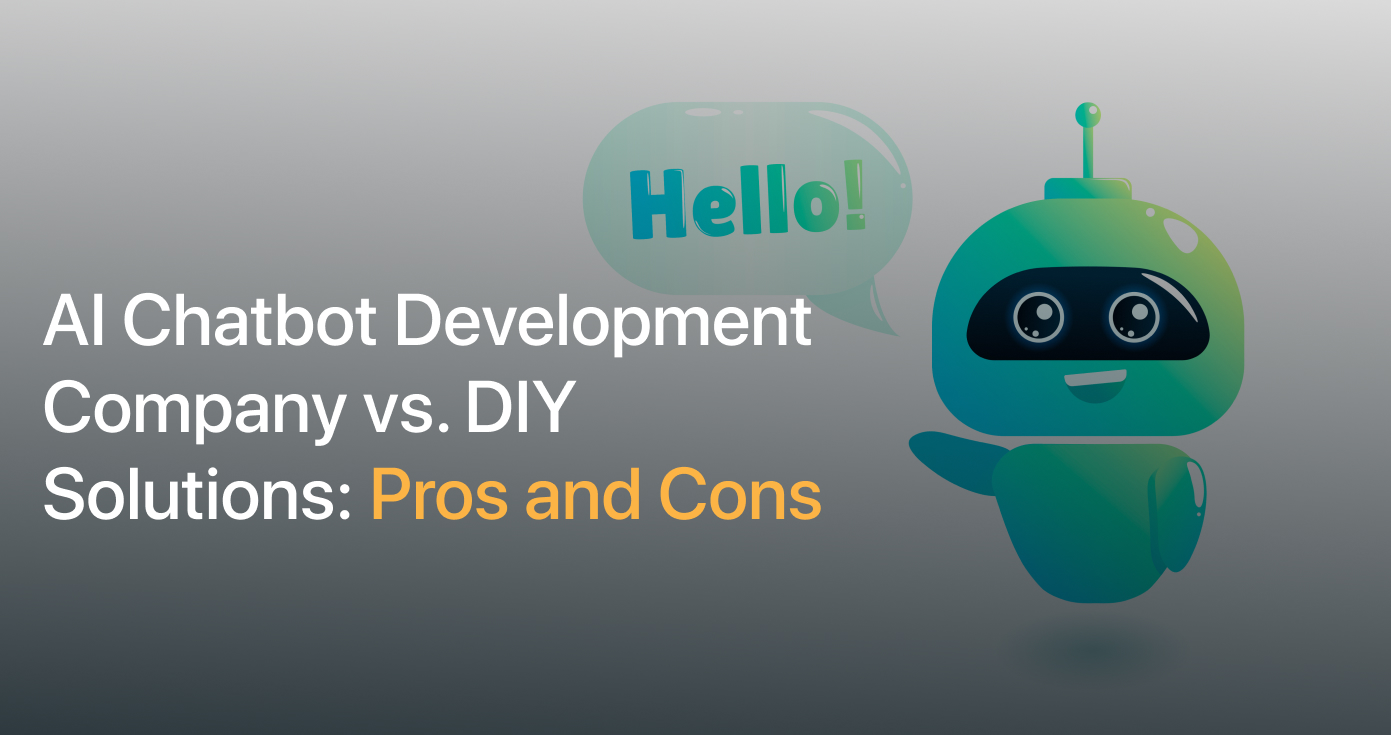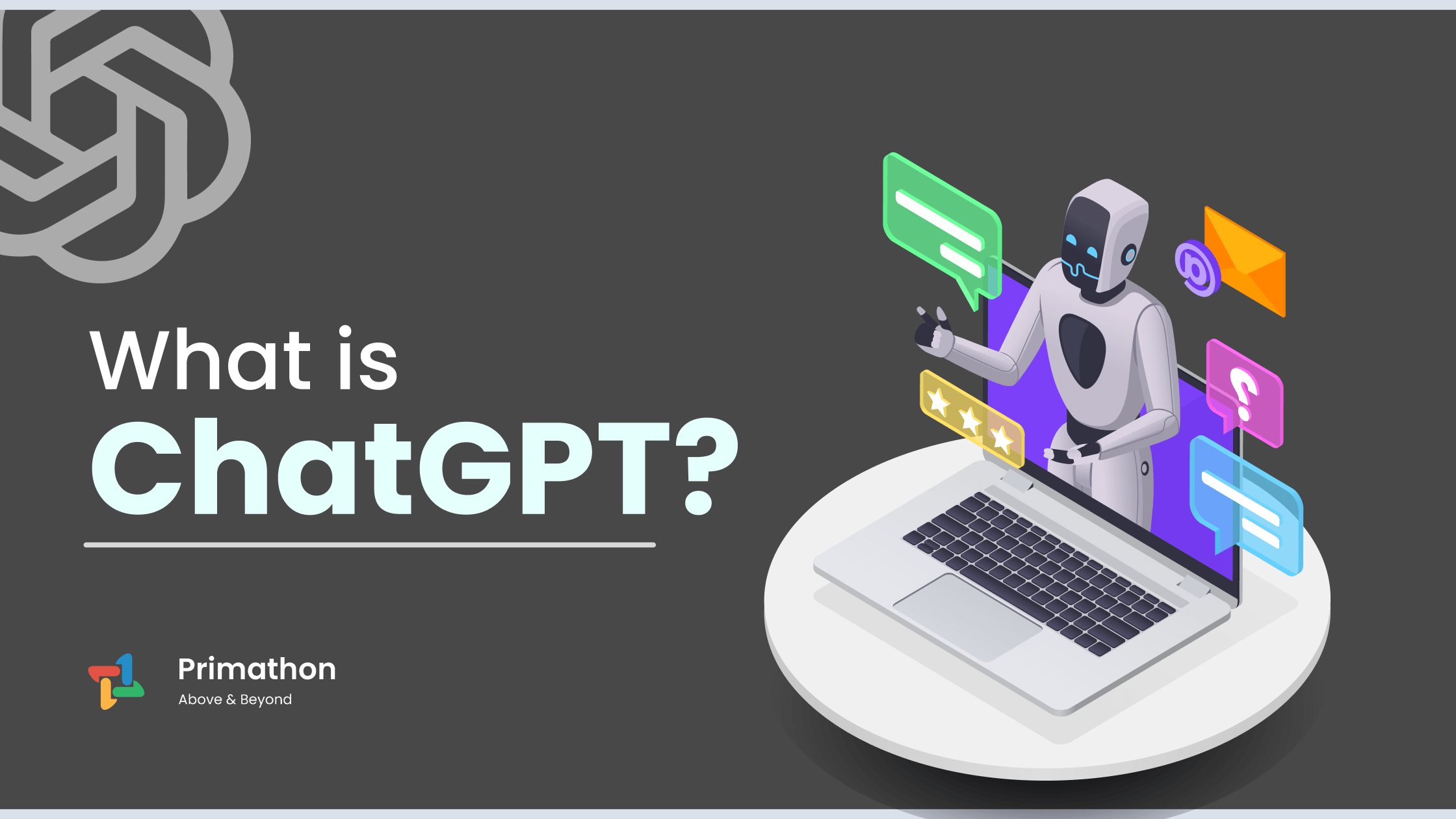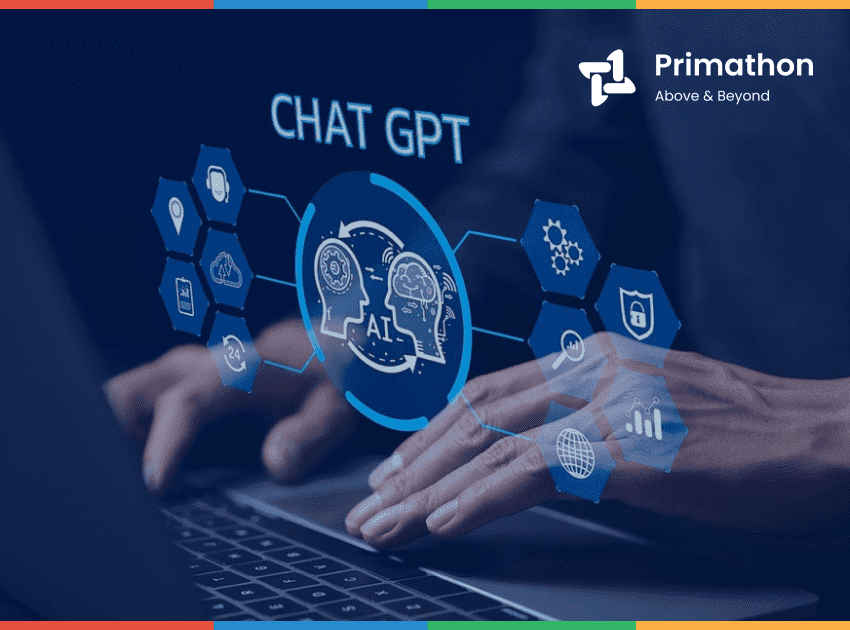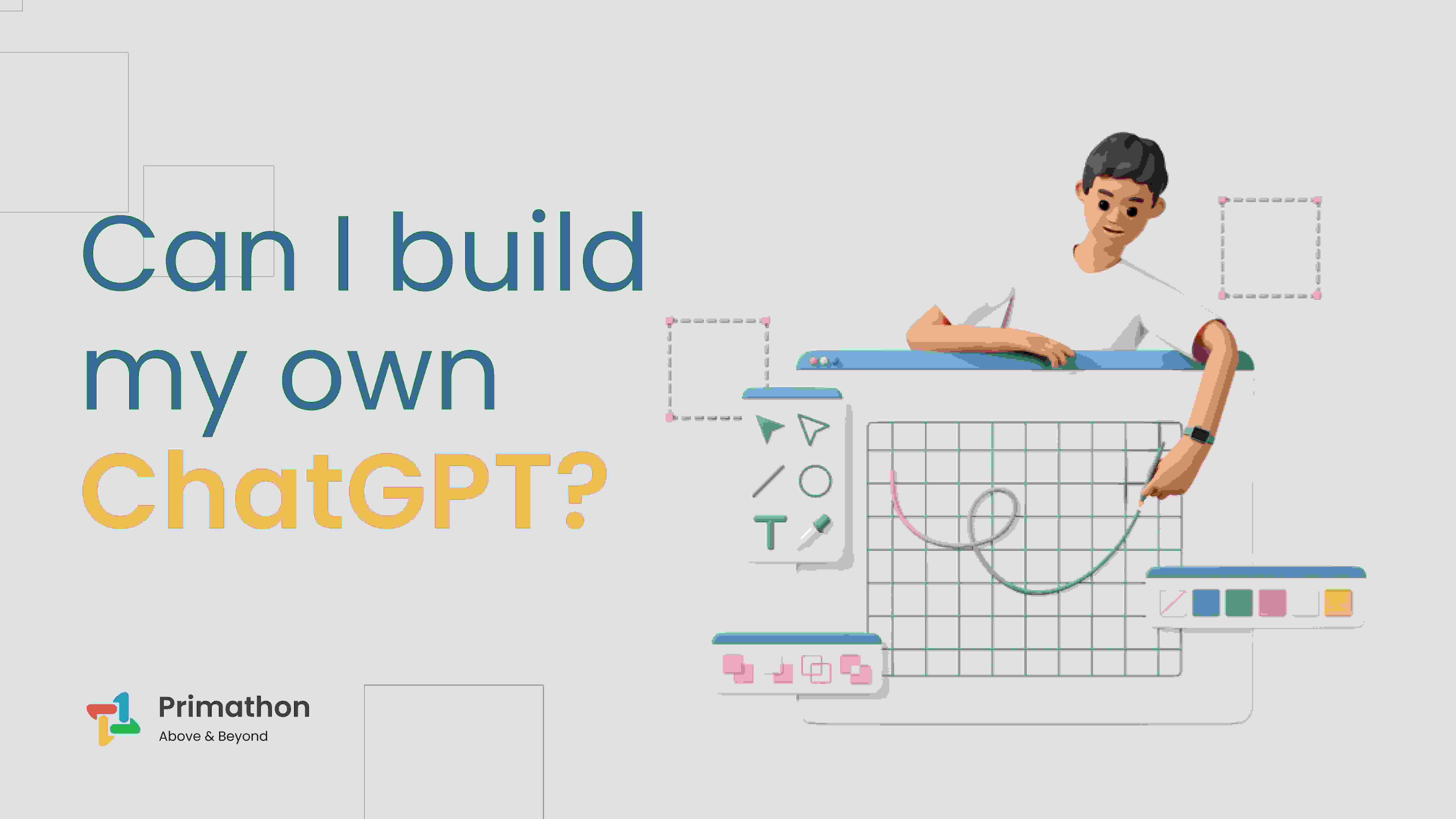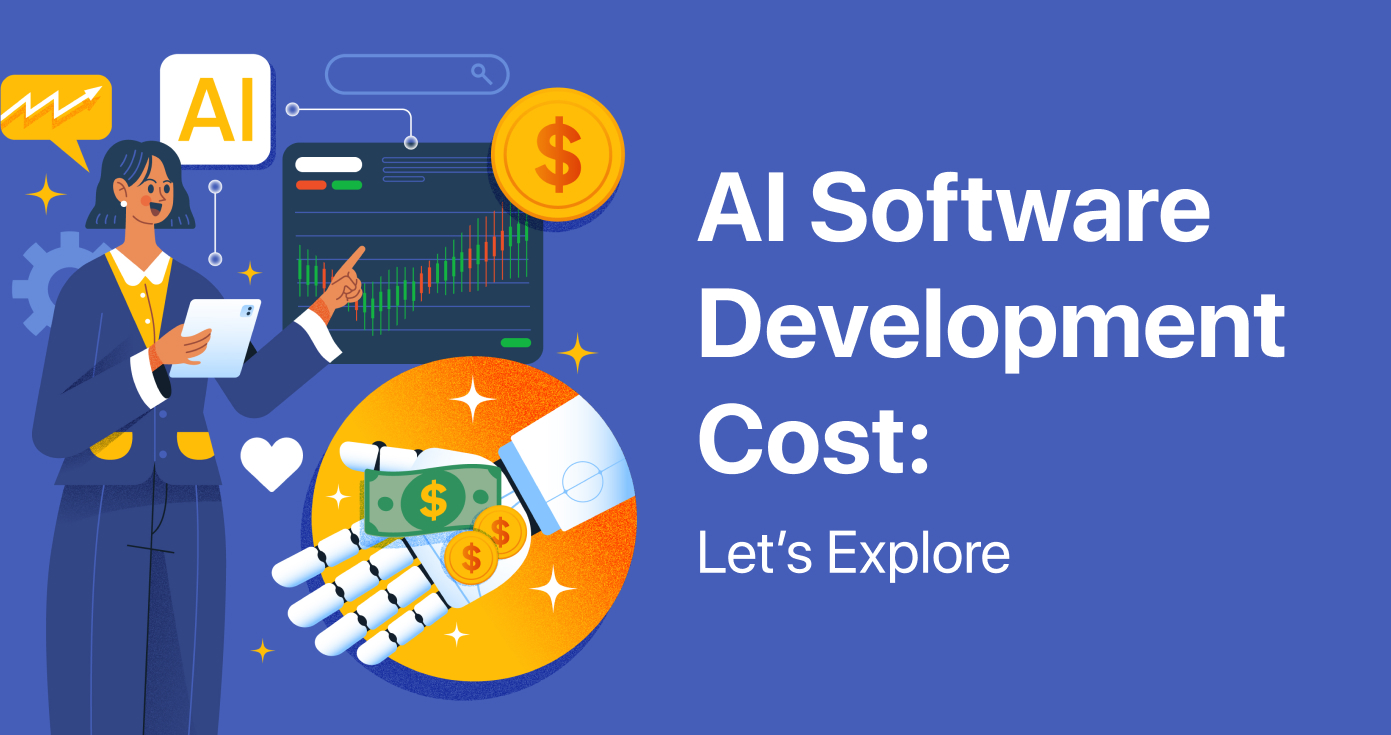
AI Software Development Cost: Let’s Explore
Currently, businesses across various industries require increasingly advanced AI solutions, which in turn generates interest in understanding the intricacies of AI software development pricing. Whether it is a small venture or large entity in the commercial world, there are unique approaches to the expenses related to the development of AI, and thus reasonable costs for AI software have become an important strategy.
Thus, to discuss AI software cost analysis, it is necessary to mention that the choice of the approach and the algorithm must provide an equilibrium of the most important moments, such as the complexity of the algorithm, the amount and type of data, additional hardware or software requirements, and necessary expertise. This article provides a review of the processes that define the budget for AI software, providing information on how to balance costs for organizational change through effective AI adoption.
AI software cost analysis: Measuring AI Development Expenses
Here are key pointers for AI software cost analysis:
- Algorithm Complexity: The complexity of the algorithms used in AI invariably affects the cost of development. Slightly sophisticated algorithms like deep learning models, for instance, are highly demanding in terms of resources and skilled personnel, therefore increasing development costs.
- Data Requirements: AI generally relies on data for training and validation of the results it produces. Costs depend on the quantities, qualities, and kinds of data that must be supplied to support the requisite levels of performance.
- Infrastructure Needs: All stakeholders have described the importance of high-performance computing resources for AI innovation and application by utilizing specialized processors such as GPUs as well as cloud services. Again, the costs vary in proportion to the size and/or period of resource consumption.
- Expertise and Talent: The experts of the AI industry are paid well: data scientists, AI researchers, and machine learning engineers. Expenses may increase depending on the accessibility of certain talents and whether they are specific to a niche or not.
- Tooling and Technology: The costs may be associated with using AI development frameworks, tools, licensed technologies, etc. It should be noted that the presence of open-source solutions versus proprietary ones may affect considerations of costs.
- Integration and Maintenance: Any expenses that are incurred after implementation of the AI software but before the software is ready to use, deployment costs, which refer to activities that are costs incurred while linking the new software with the current system, also need to be taken into account, along with maintenance expenses after deployment and constant software updates.
- Regulatory and Compliance: Observance of particular rules concerning the protection of data and legal proceedings may require extra spending on protections and consulting services.
- Scale and scope: The size and degree of autonomy of the application are the factors that have the largest impact on estimated costs.
- Risk and Contingencies: Events that pose a certain level of risk and threat to the project’s timely execution include model performance hitches or any alteration of the general project boundaries, and these types of risks are taken care of by the allocation of contingency money in the budget.
- ROI and Business Value: ROI assessment, along with the strategic business value realized out of such implementations in business, contributes to the justification of the costs incurred and the decision-making process for investments.
Knowledge of these factors helps organizations perform an appropriate analysis of AI software development expenses and promptly make the right decisions regarding the distribution of resources throughout the process.
Budget for AI software: Planning the Upgrade for your Business!
Here’s a narrative description using key pointers to guide the process of creating a budget for AI software for your business:
1. Clear Objectives and Scope Definition:
To ensure relevant and effective AI software is developed, start by stating the business problems that AI software will solve. This means stating which particular issues for your organization AI will be expected to address or which aspects it will be expected to improve. Also, sketch the parameters of the AI project by briefly explaining the particular features and results you want to obtain. The primary activity done in this step is the definition of the scope, resources, and costs that are needed for the project.
2. Current Capabilities Assessment:
Assess your organization’s existing IT environment, data resources, or in-house skills that pertain to AI. Find out the degree of compatibility or clash between the existing competencies and the capabilities aimed at being developed for the planned incorporation of AI. This assessment also makes it easier to pinpoint any shortcomings that may be there or areas that lack adequate capacity as far as AI development is concerned, so as to warrant more resources or upgrades.
3. Thorough Market Research on AI Solutions:
Under this, carry out intensive market analysis to identify potential AI solutions of relevance to the business. Compare ready-made AI solutions and ordering an AI product to be developed by a third party and determine what will work best for you and your pocket. Some of the things to look into include the functioning of the software, its expandability, the credibility of the software and its company, and the services it offers in the future.
4. Detailed cost estimation:
Explain the procedure through which one may be able to obtain a detailed cost estimate for AI software development and implementation. This should encompass various components, such as:
- Development Costs: This touches on costs incurred in creating the algorithms, acquiring the data and preparing it for use, the hardware and cloud services needed, and developing software applications for use in big data analytics.
- Integration Costs: Fund the costs associated with integrating the new AI software with present systems and/or databases, as well as the costs of training employees to use the software.
- Ongoing Maintenance and Support: Forecast future expenditures in continuing to support the AI models, the infrastructure that supports them, as well as licenses to software programs. Likewise, it is important to include expenses necessary for technical support and issue resolution after implementation.
- Regulatory and Compliance Costs: Include the funding to cover every bit of compliance with the data privacy regulations and the industry standards, as well as officers, security, and audits.
5. ROI and Business Value Assessment:
It is vital to carry out a SWOT analysis to understand the potential gains that can be derived from the use of the software. Assess where AI can be in your organization and how it can be a strategic business asset and source of competitive edge. This analysis also enables one to defend the attracted capital and optimize resource allocations properly.
6. Contingency Planning:
Prepare for some likely problems that are bound to occur during AI development and implementation by creating a contingency budget for such emergencies. When it comes to expenditure in contingency amounts, one has to remember that contingency equals risk, and such risks are occurrences such as delayed development, technical issues, and changes to the scope of work.
7. Budget Monitoring and Adjustments:
Develop a plan on how actual expenses can be tracked in relation to the set budget from the start of the project to its completion. It is good to review the budget of a given project from time to time, as may be necessary, depending on the project’s needs and requirements as well as changes in market forces and available technologies.
Applying these key pointers, it is possible to unravel the perfect budget for the AI software that would help to go through the effective implementation of the project, priorities, and objectives, as well as increase the ROI in the course of utilizing the software.
Conclusion:
To sum up, one can state that the sphere of AI software development pricing is quite complex and requires a proper approach to managing the costs. Awareness of the factors that affect the costs of developing AI and carefully examining the financial plans are two essential procedures for proper implementation. Thus, keeping track of the costs of artificial intelligence software reveals how much has been allocated towards the software and ROI plans. Maintaining and revising a budget for a project over the course of its implementation enables an organization to respond to the dynamic forces encountered and use resources more efficiently.

